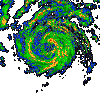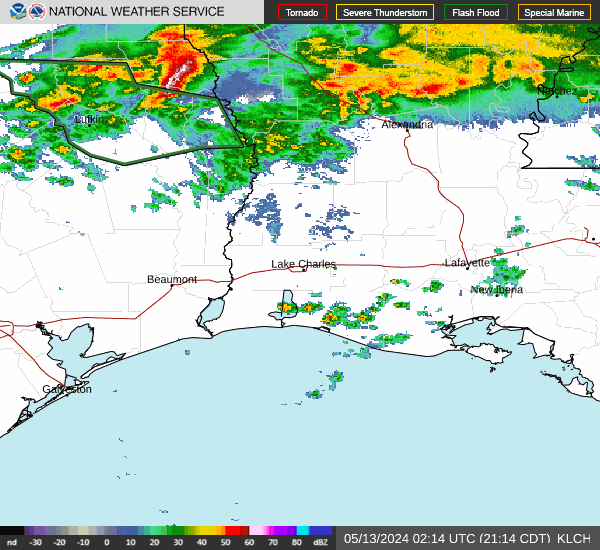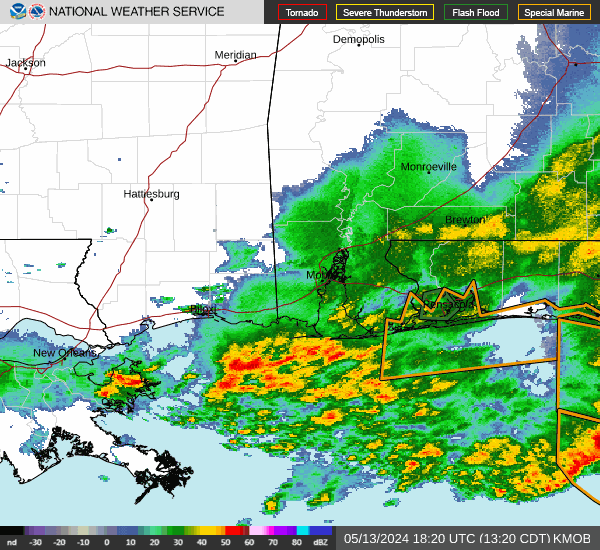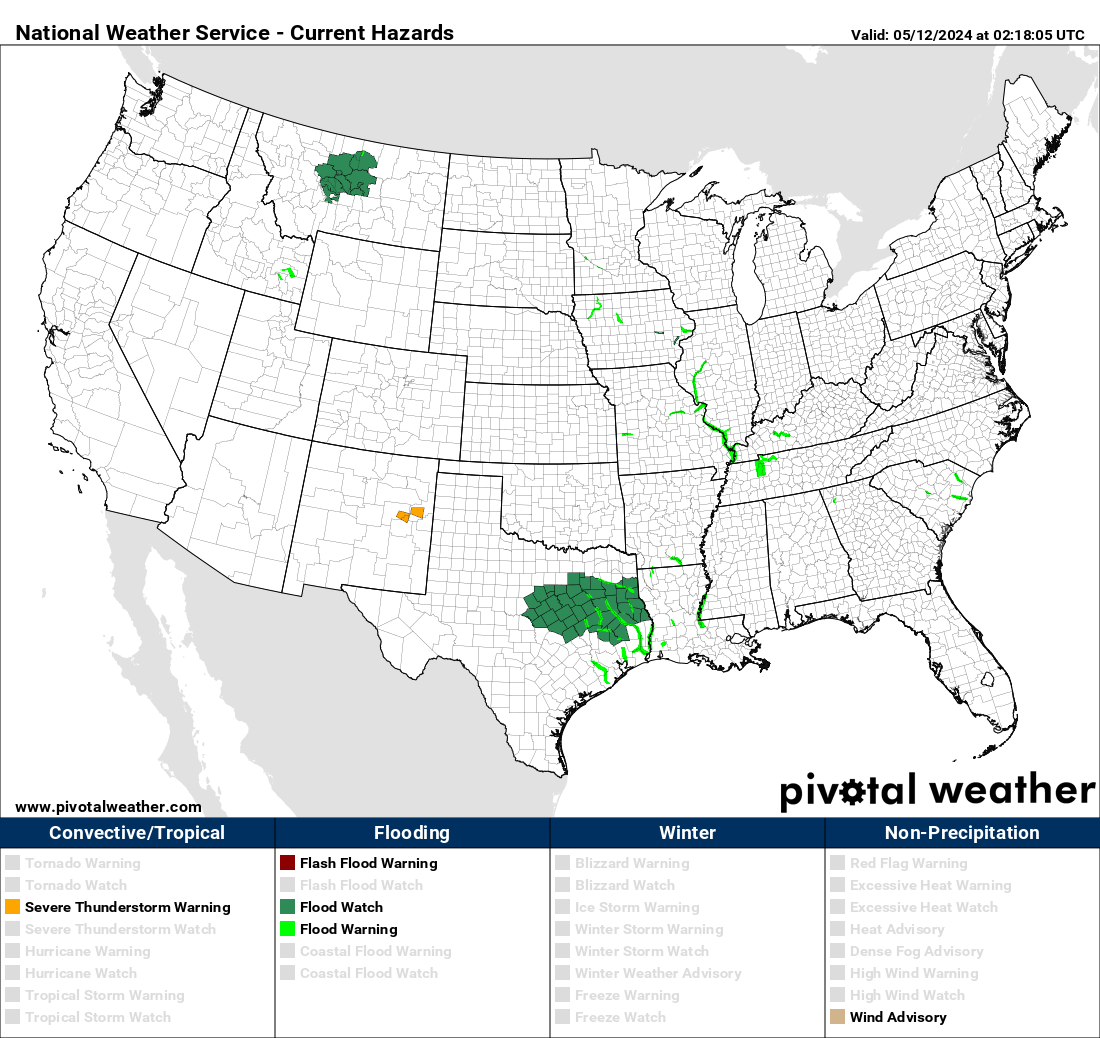Post by mrjamie on Nov 26, 2008 12:06:41 GMT -6
Below is an image and writeup from space.com

The most spectacular celestial sight during these final days of November is reserved for the early evening sky, as Jupiter and Venus, the two brightest planets, draw closer together.
The waxing crescent moon will join the planets on the first evening of December for a striking celestial trio.
For the remainder of November, evening skywatchers can watch as each evening Jupiter and Venus slowly converge on each other in the southwestern sky, right after sunset. The two planets will appear a similar distance apart on both the evenings of Nov. 30 and Dec. 1. They will be so close you'll be able to stretch your arm out and, with your thumb, blot both of them out.
After Dec. 1, like two celestial ships passing in the night, the planets will slowly separate, but there will still be one more eye-catching sight to see. For on that very same evening, those who gaze toward the south-southwest sky for up to about two hours after sunset arise will be treated to a spectacular sight as Venus, Jupiter and the crescent moon cluster closely together. The trio will form a wide isosceles triangle, with Venus at the vertex.
It should prove quite a spectacle for naked eye, binoculars, or camera. Imagine the astrological significance that the ancients might have ascribed to a celestial summit meeting such as this!
Generally speaking, at least for the next few years, conjunctions between Venus and Jupiter come in pairs. The first conjunction takes place in the morning sky, usually followed about 10 months later by another in the evening sky. Then, two and a half years later, Venus and Jupiter are again in conjunction, again in the morning sky. On Feb. 1 of this year, Venus and Jupiter were paired-off in the morning sky. After Dec. 1, Venus and Jupiter will next get together again in the morning sky on May 11, 2011. And ten months later, in March of 2012 they will again pair off in the evening sky right after sundown.

The most spectacular celestial sight during these final days of November is reserved for the early evening sky, as Jupiter and Venus, the two brightest planets, draw closer together.
The waxing crescent moon will join the planets on the first evening of December for a striking celestial trio.
For the remainder of November, evening skywatchers can watch as each evening Jupiter and Venus slowly converge on each other in the southwestern sky, right after sunset. The two planets will appear a similar distance apart on both the evenings of Nov. 30 and Dec. 1. They will be so close you'll be able to stretch your arm out and, with your thumb, blot both of them out.
After Dec. 1, like two celestial ships passing in the night, the planets will slowly separate, but there will still be one more eye-catching sight to see. For on that very same evening, those who gaze toward the south-southwest sky for up to about two hours after sunset arise will be treated to a spectacular sight as Venus, Jupiter and the crescent moon cluster closely together. The trio will form a wide isosceles triangle, with Venus at the vertex.
It should prove quite a spectacle for naked eye, binoculars, or camera. Imagine the astrological significance that the ancients might have ascribed to a celestial summit meeting such as this!
Generally speaking, at least for the next few years, conjunctions between Venus and Jupiter come in pairs. The first conjunction takes place in the morning sky, usually followed about 10 months later by another in the evening sky. Then, two and a half years later, Venus and Jupiter are again in conjunction, again in the morning sky. On Feb. 1 of this year, Venus and Jupiter were paired-off in the morning sky. After Dec. 1, Venus and Jupiter will next get together again in the morning sky on May 11, 2011. And ten months later, in March of 2012 they will again pair off in the evening sky right after sundown.
















